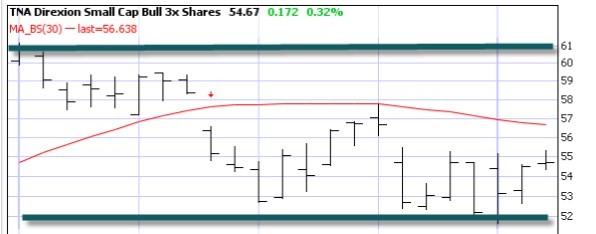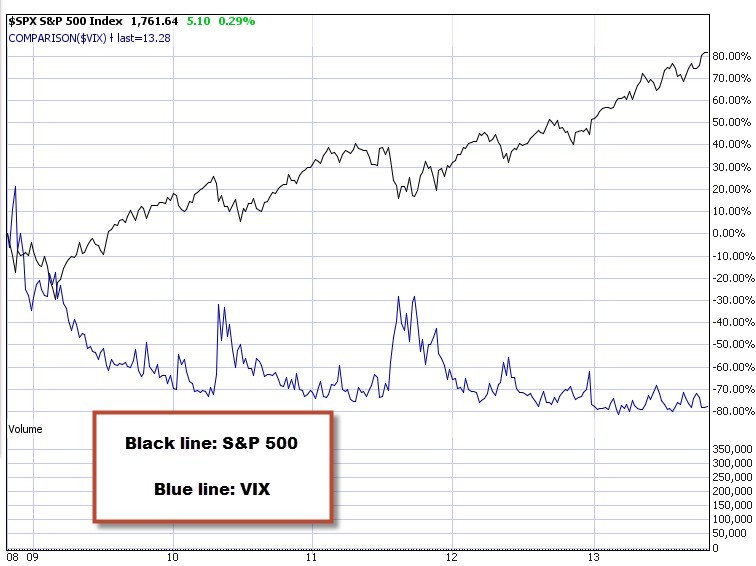Leveraged Covered Call How to Video
Post on: 15 Январь, 2017 No Comment

Hello I’m Brian Overby senior options analyst at TradeKing and author of The Options Playbook. In this video we are going to talk about leveraged covered call options. Leveraged covered calls use a deep in-the-money long-term option, also know as a LEAPS option, as a surrogate for actually owning 100 shares of the stock. Meaning we will buy an option whose price moves up and down very similar to the stock price movement. So we’re are talking about is an option with a very high delta. Now before we get too far let’s do a quick explanation of a basic covered call option and then compare the two.
In our covered call example we are buying 100 shares of a fictitious stock XYZ at 145.10 and selling 1 XYZ 60-day 150 call for $2.17 — FYI — 2.17 is approximately 1.50% of the actual stock price. The entire trade is done for a net debit of 143.23 — Total cost is $14,323 plus commission. Commission would be $10.55 on the TradeKing platform.
If we fast forward to expiration 60-days from today and the stock is above the 150 strike we would be assigned on the call and we would sell the stock at 150. If we subtract the call price from the stock price it means the cost basis on the position is 143.23. This means our gain in this instance would be $6.77 or almost 5% relative to the stock price in a 60 day period.
If the stock is below 150 the option will expire worthless and we can consider ourselves long 100 shares of XYZ at a cost basis equal to the net debit to put on the strategy which was 143.23.
If XYZ is below 143.23 losses will occur, but what is causing the loss — The stock or the option? It is the stock of course as least on the downside, the call option just creates an opportunity risk on the upside. Meaning you can not benefit on any stock upside appreciation beyond the 150 strike price.
Now remember that when trading two or mores legs you have to think about the increased commission costs and the tax treatments that may be involved.
So now on to the leveraged covered call example.
So the strategy concept is the same with a leveraged covered call except that we don’t own the stock we will own a Deep-in-the-Money Call. So the stock is basically replaced by a long call option.
So lets look at our example.
XYZ @ 145.40
Buy 1 XYZ 424-day 115 Call @ (32.70)
Sell 1 XYZ 60-day 150 Call @ 2.17 which is now about 6.63% of the option price.
Net Debit for the trade is (30.53)
So obviously 30.53 is quite a bit lower than 143.23 — the cost of the actual covered call.
At the first expiration 60 days from now the Max Loss is the net debit paid or 30.53 and the max gain is going to be limited to the premium received for sale of the front-month call plus the performance of the LEAPS call. We can not exactly know at the start how the LEAPS call will perform over time. So it is going to be similar to the actual cover call but we can not say exactly.
We at TradeKing have a fun name for this strategy. We call it the FIG LEAF — Why you ask? It is because we are Kinda Covered. We don’t own the stock but we own the right to buy the stock so we thought it fit. You will notice in the options playbook that we use this as the main name for the strategy.
Now — The key to doing this strategy is to have an understanding of delta. Delta is the greek that tracks the movement of an option relative to the stock price movement. Not all option strikes move the same in a specific expiration cycle, so delta is our best guess as to how the option will react relative to the stock price movement.

The textbook definition of delta is :
The amount a theoretical option’s price will change for a corresponding one-point change in the price of the underlying stock. ATM options usually have a delta around 50 cents or point 5-O meaning the stock goes up one the option contract’s price should increase by around 50 cents. Now the deeper you get in the money the higher the delta — The highest delta can get is 1 meaning is moves one to one with the stock. And further you get out-of-the money the smaller delta gets and it will start to approach zero.
So this strategy would like to see the longer term options delta be .80 or higher so the option can come close to representing the stock price movement.
Things to think about with this strategy.
You want to Know the Time Value of the LEAPS option — it is still an option and even with a delta of point 8-0 there will still be time premium in the option. Also note The higher the delta the lower the time value in the option But, the price will increase the deeper In-The-Money you go to find more Delta — figure out for yourself what you would like your options delta to be.
Bid/Ask Spreads on “expensive options” can hurt the overall performance of the strategy for example the LEAPS option had a bid ask of 32.40 x 33.00 where the stock only had a penny difference.
It is also important to understand that you do not want to be assigned because you don’t own the stock yet — so Know what to do if assigned — if do get assigned make sure to call your broker right away and ask them what you should do.
Lastly, learn about rolling and option to a different expiration. This strategy is often done to help avoid an assignment.
My name is Brian overby and I am the senior options analyst at TradeKing and author of the options playbook.














